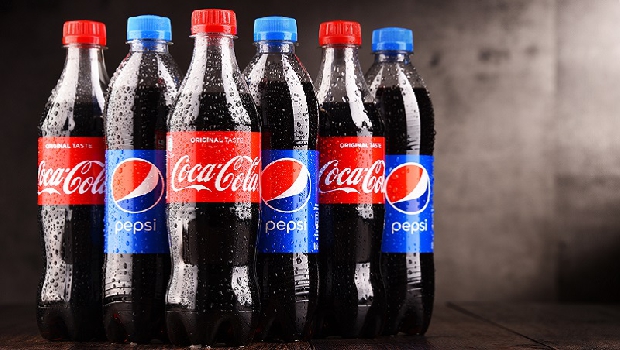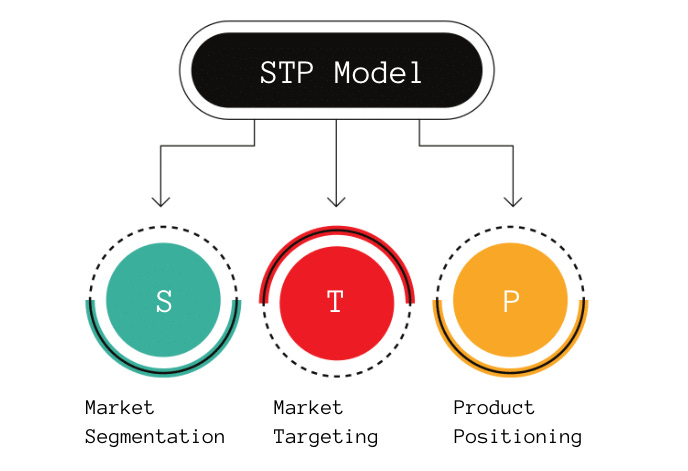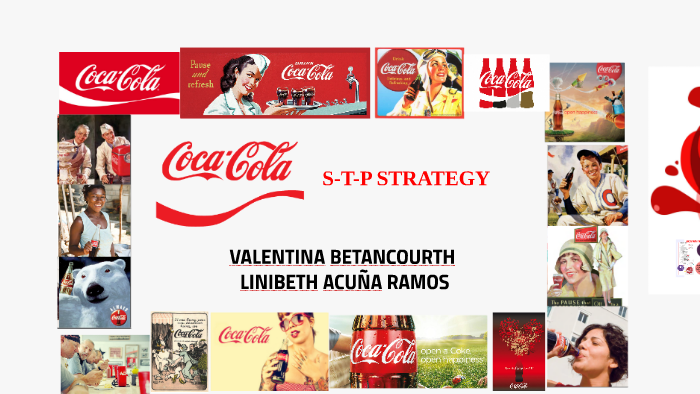STP, or Segmentation, Targeting, and Positioning, is a marketing strategy used by companies to understand and target specific segments of the market. In this essay, we will discuss how Coca-Cola, one of the world's most well-known and widely-consumed beverages, uses STP in its marketing efforts.
First, let's define each step in the STP process. Segmentation involves dividing the market into smaller groups of consumers based on shared characteristics such as age, gender, income, geographic location, and lifestyle. Targeting involves selecting which of these segments the company will try to reach with its marketing efforts. And positioning involves the creation of a unique value proposition for the target market, which helps the company stand out from its competitors and communicate the benefits of its product to potential customers.
Now, let's examine how Coca-Cola uses STP in its marketing strategy.
Segmentation: Coca-Cola segments its market based on a variety of factors. For example, the company targets different age groups with different marketing campaigns. For younger consumers, Coca-Cola may focus on social media and experiential marketing events to build brand awareness and loyalty. For older consumers, the company may use more traditional forms of advertising, such as television commercials or print ads.
In addition to age, Coca-Cola also segments its market based on geographic location. For example, the company may tailor its marketing efforts to fit the specific tastes and preferences of consumers in different countries or regions. In the United States, Coca-Cola is often marketed as a refreshing, classic drink that can be enjoyed anytime, while in other countries the company may focus on different aspects of the product, such as its flavor or its role in social gatherings.
Targeting: Once it has segmented its market, Coca-Cola then selects specific segments to target with its marketing efforts. For example, the company may decide to focus on younger consumers in order to build brand loyalty and establish a strong customer base for the future. Alternatively, Coca-Cola may choose to target older consumers who are more likely to have disposable income and be willing to pay a premium price for the product.
Positioning: Finally, Coca-Cola positions itself as a unique and desirable brand in the minds of its target market. The company does this through a variety of marketing tactics, such as creating memorable advertising campaigns, sponsoring events and sports teams, and partnering with popular celebrities and influencers. Coca-Cola also emphasizes the high-quality ingredients and taste of its products, as well as the brand's long history and global presence.
In conclusion, Coca-Cola uses STP as a key part of its marketing strategy, segmenting its market based on a variety of factors, targeting specific segments, and positioning itself as a unique and desirable brand. These efforts have helped Coca-Cola become one of the most successful and widely-recognized brands in the world.







